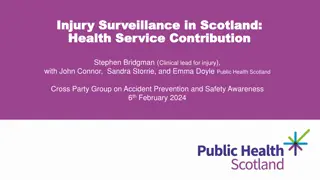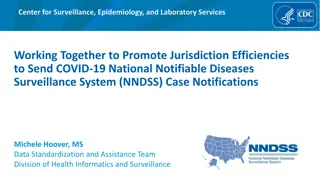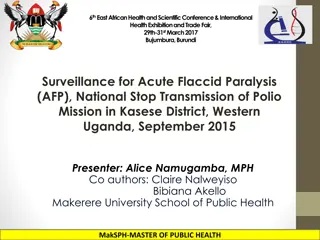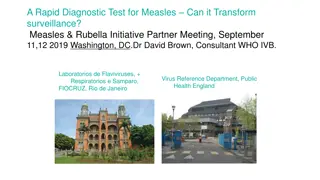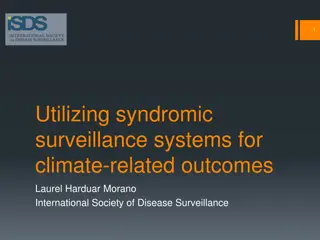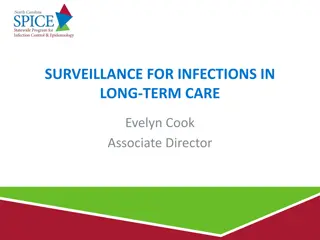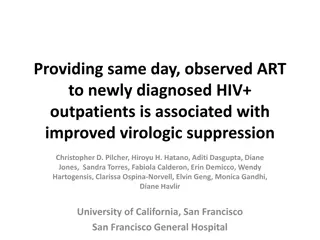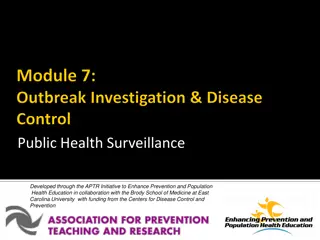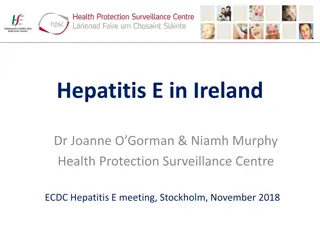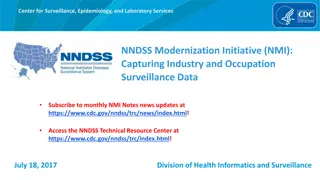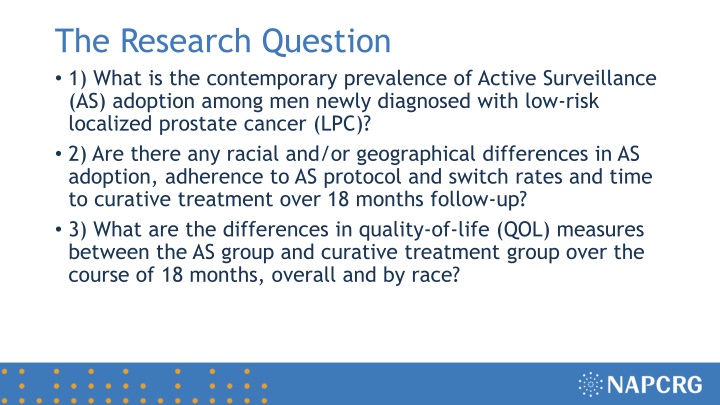
Contemporary Trends in Active Surveillance for Newly Diagnosed Low-Risk Prostate Cancer
A population-based study on AS adoption among men with low-risk LPC, exploring racial and geographical differences, treatment choices, and QOL measures over 18 months.
Download Presentation

Please find below an Image/Link to download the presentation.
The content on the website is provided AS IS for your information and personal use only. It may not be sold, licensed, or shared on other websites without obtaining consent from the author. If you encounter any issues during the download, it is possible that the publisher has removed the file from their server.
You are allowed to download the files provided on this website for personal or commercial use, subject to the condition that they are used lawfully. All files are the property of their respective owners.
The content on the website is provided AS IS for your information and personal use only. It may not be sold, licensed, or shared on other websites without obtaining consent from the author.
E N D
Presentation Transcript
The Research Question 1) What is the contemporary prevalence of Active Surveillance (AS) adoption among men newly diagnosed with low-risk localized prostate cancer (LPC)? 2) Are there any racial and/or geographical differences in AS adoption, adherence to AS protocol and switch rates and time to curative treatment over 18 months follow-up? 3) What are the differences in quality-of-life (QOL) measures between the AS group and curative treatment group over the course of 18 months, overall and by race?
Research Design and Method Design: Longitudinal cohort study Setting: Population-based sample recruited from 2 SEER Cancer Registries (Metro-Detroit & State of Georgia) Participants: Black and white men 75 years, newly diagnosed (2014-2017) low-risk LPC (PSA<10, Gleason 6, & stage T2a) Instrument: Self-administered, mailed survey at: Baseline (soon after diagnosis) 18 months follow-up (after baseline) Main Outcome Measure: Treatment choice Quality of life
What the Research Found In this population-based sample (~1700), ~55% of patients with low-risk LPC chose observation initially, most chose AS This represents much higher rate of uptake of AS comparing to 10-15% 5 to 10 years ago, even higher than other recent reports from non-population-based cohort 35-45% Treatment choice was associated with race and geographical location Black men chose AS less often than white men (p=0.001) Black men choose radiation more often than white men with this difference being larger in Georgia (p=0.016) Data collection is ongoing for the 18 month-follow-up of QOL and AS adherence and switch rates and reasons for the switch
What this means for Clinical Practice Our population-based cohort confirmed the recent reports of upward trend of AS adoption among men with newly diagnosed low-risk LPC This suggests both men and their physicians are more accepting of AS than previously reported The reasons for the racial and geographical differences in treatment pattern of low-risk LPC deserve more research so that unwanted treatment patterns could be minimized Comparison data on QOL between AS group and curative treatment group over 18 month-follow-up to be analyzed/announced

![[✔PDF✔⚡] Renal Diet Cookbook for the Newly Diagnosed: The Complete Guide to](/thumb/68079/pdf-renal-diet-cookbook-for-the-newly-diagnosed-the-complete-guide-to.jpg)
